If you're planning on hanging shelves, grab bars, mirrors, or other objects on your walls, it's important to find the studs or use adequate anchoring solutions to ensure a secure installation. But using a stud finder can be tricky if you're not familiar with the tool. This guide will provide you with basic tips and tricks to help you use a stud finder like a pro.

Understand the basics of how a stud finder works.
Before you start using a stud finder, it's important to understand how it works. A stud finder is a handheld device that uses sensors to detect changes in density behind your walls. When you run the device over a wall, it will beep or light up when it detects a stud. Some stud finders also have a built-in level to help you ensure that your object is hung straight. It's important to note that stud finders work best on drywall and may not be as effective on other types of walls, such as plaster or concrete.
Choose the right type of stud finder for your needs.
There are two main types of stud finders: magnetic and electronic. Magnetic stud finders use a magnet to detect metal fasteners in the wall, while electronic stud finders use sensors to detect changes in density. Electronic stud finders are more accurate and can detect both wood and metal studs, but they are also more expensive. Consider your budget and the type of walls you will be working with before choosing a stud finder. It's also a good idea to read reviews and compare features before making a purchase.
Prepare your walls before using the stud finder.
Before using a stud finder, it's important to prepare your walls to ensure accurate readings. Remove any pictures, shelves, or other items hanging on the wall. Use a pencil to mark the area where you plan to scan for studs. Make sure to also turn off any electrical appliances or devices that could interfere with the stud finder's readings. By taking these steps, you'll be able to use your stud finder like a pro and find the perfect spot to hang your next project.
Use the stud finder correctly to locate studs.
To use a stud finder correctly, start by turning it on and placing it flat against the wall. Slowly move it horizontally until it beeps or lights up, indicating the presence of a stud. Mark the spot with a pencil and then move the stud finder vertically to locate the edges of the stud. Mark those spots as well. Repeat this process until you have located all the studs in the area you plan to work on. Remember to always double-check your findings with a hammer and nail before hanging anything heavy on the wall.
Mark the location of the studs for future reference.
Once you have located the studs in your wall, it’s important to mark their location for future reference. This will save you time and effort the next time you need to hang something on the wall. Use a pencil to mark the center of each stud, as well as the edges, so you know exactly where to place your nails or screws. You can also use painter’s tape to mark the location of the studs, which will make them easier to find later on. Just be sure to remove the tape before painting or wallpapering the wall.
Mastering the Art of Wall Exploration
If you've ever attempted to hang a heavy picture frame or mount a television on the wall, you know the frustration that comes with blindly hammering nails into drywall and hoping for the best. But fear not, because mastering the art of wall exploration is easier than you think, thanks to the trusty stud finder. In this comprehensive guide, we'll take you through everything you need to know about using a stud finder effectively. From understanding the different types of stud finders available in the market to learning how to properly calibrate and interpret the signals, we've got you covered. We'll also provide you with expert tips and tricks on locating studs, avoiding electrical wires, and maximizing the stability of your wall-mounted fixtures. With our step-by-step instructions and practical advice, you'll soon become a pro at finding studs and confidently hanging anything your heart desires. So, let's dive in and unlock the secrets of wall exploration together!
A more in depth understanding of how stud finders work
Stud finders are essential tools for anyone who wants to hang heavy objects securely on their walls. These devices work by detecting changes in density behind the wall, helping you locate the wooden studs that provide extra support. Understanding how stud finders work is crucial to using them effectively.
Most stud finders use either magnetic, electronic, or radar technology to scan the wall and identify studs. Magnetic stud finders work by detecting the nails or screws that hold the drywall to the studs. Electronic stud finders, on the other hand, use sensors to measure the density of the wall, identifying differences between the studs and the voids. Radar stud finders use electromagnetic waves to penetrate the wall and create a detailed image of what lies behind it.
To ensure accurate readings, it's important to calibrate your stud finder before each use. This involves placing it on a wall without any studs and pressing the calibration button. Once calibrated, you can start scanning the wall to locate the studs. Remember that stud finders have limitations, as they can only detect wooden or metal studs, not plastic or concrete ones. Additionally, they may not be able to detect studs if the wall has multiple layers of drywall or is covered with wallpaper or paneling. However, armed with the right knowledge and techniques, you can overcome these challenges and master the art of wall exploration.br/>
Stud finders come in various types, each with its own set of features and advantages. Understanding the different types will help you choose the right one for your needs.
1. Magnetic stud finders: These are the simplest and most affordable type of stud finders. They work by detecting the metal nails or screws used to secure the drywall to the studs. Magnetic stud finders are easy to use and require no batteries, making them a convenient option for occasional use. However, they can only detect metal fasteners and may not be as accurate as other types.
2. Electronic stud finders: These stud finders use sensors to detect changes in density behind the wall. They can identify both wood and metal studs, making them more versatile than magnetic stud finders. Electronic stud finders often have additional features like edge detection, which helps you locate the edges of the stud for more accurate measurements. Some advanced models even offer live wire detection, alerting you to the presence of electrical wiring in the wall.
3. Radar stud finders: Radar stud finders are the most advanced type of stud finders available. They use electromagnetic waves to create a detailed image of what lies behind the wall. Radar stud finders can detect both wooden and metal studs, as well as other objects like pipes and electrical wires. They often have LCD screens that display the location and width of the studs, providing a visual representation for easy identification. However, radar stud finders are usually more expensive than other types.
Before purchasing a stud finder, consider factors like your budget, the frequency of use, and the features that are most important to you. Remember to read customer reviews and compare different models to make an informed decision.br/
Step-by-step guide on using a stud finder
Using a stud finder may seem intimidating at first, but with the right technique, it becomes a straightforward process. Follow this step-by-step guide to effectively use a stud finder:
1. Prepare the wall: Before using a stud finder, make sure the wall is free from any obstructions like furniture, curtains, or decorations. This will ensure accurate readings and make it easier to identify the studs.
2. Choose the right mode: Depending on the type of stud finder you have, select the appropriate mode. Magnetic stud finders don't require any mode selection, but electronic and radar stud finders often have different modes for different materials (e.g., wood, metal, or live wire detection).
3. Calibrate the stud finder: If your stud finder requires calibration, place it on a wall without any studs and press the calibration button. This step is crucial for accurate readings.
4. Start scanning: Hold the stud finder against the wall and slowly slide it horizontally. Follow the manufacturer's instructions for the best scanning technique. The stud finder will emit a signal or display a visual indication when it detects a stud.
5. Mark the stud* Once you've identified a stud, mark its location on the wall using a pencil or painter's tape. Repeat the scanning process to locate additional studs if needed.
6. Verify stud location: To ensure accuracy, double-check the stud location by scanning the area around the marked spot. This will help you confirm the width and edges of the stud.
By following these steps, you'll be able to locate studs with ease and confidence, making your wall exploration a breeze.br/>
Tips and tricks for accurate stud detection
While using a stud finder is relatively straightforward, a few additional tips and tricks can improve your accuracy and efficiency. Here are some expert recommendations:
1. Use multiple scanning passes: To increase your chances of finding studs, perform multiple scanning passes over the same area. Start from one end of the wall and gradually move to the other side, overlapping each pass slightly. This will help you catch any missed studs and ensure thorough coverage.
2. Pay attention to signals: Different stud finders provide signals in various forms, such as beeps, LED lights, or visual displays. Familiarize yourself with the specific signals of your stud finder to interpret them accurately. Some stud finders may indicate the edges of the stud or the width of the detected object, providing valuable information for precise measurements.
3. Look for additional clues: In addition to using a stud finder, keep an eye out for other clues that can indicate the presence of studs. These clues may include visible nails or screws, paint or wallpaper patterns, or slight bulges in the wall. Combining these visual cues with the readings from your stud finder can enhance your stud detection accuracy.
4. Start from known positions: If you're unsure where to begin scanning, start from known positions like electrical outlets or switches. Studs are often located near these fixtures, making them excellent starting points for your exploration.
5. Be cautious around electrical wires: When using a stud finder, it's crucial to avoid electrical wires running behind the wall. Many advanced stud finders offer live wire detection, which can help you identify potential hazards. However, if your stud finder doesn't have this feature, it's best to turn off the power to the area or consult a professional electrician to ensure safety.
By following these tips and tricks, you'll improve your stud detection accuracy and minimize the risk of damaging the wall or encountering electrical hazards.br/>
Common mistakes to avoid when using a stud finder
While stud finders are reliable tools, certain mistakes can hinder their effectiveness. By avoiding these common errors, you'll maximize the accuracy of your stud detection:
1. Not calibrating the stud finder: Failing to calibrate the stud finder before each use can lead to inaccurate readings. Make it a habit to calibrate your stud finder on a wall without any studs to ensure optimal performance.
2. Not reading the instructions: Every stud finder is unique, so take the time to read the manufacturer's instructions. Understanding the specific features and operating instructions will help you use the stud finder correctly and get the most accurate results.
3. Not scanning slowly: Rushing through the scanning process can cause you to miss studs or misinterpret the signals. Take your time and move the stud finder slowly across the wall, allowing it to register the changes in density accurately.
4. Not verifying stud location: After detecting a stud, it's essential to double-check its location by scanning the surrounding area. This will help you confirm the width and edges of the stud, ensuring precise measurements.
5. Ignoring other clues: Solely relying on a stud finder without considering other visual cues can lead to missed studs or inaccurate measurements. Pay attention to visible nails or screws, paint patterns, or bulges in the wall, as they can provide valuable information.
By avoiding these mistakes, you'll enhance the effectiveness of your stud finder and achieve more accurate stud detection results.br/>
Alternative methods for finding studs without a stud finder
While stud finders are the most reliable tools for locating studs, there are alternative methods you can use when a stud finder is not available. These methods may not be as accurate, but they can be helpful in a pinch. Here are a few techniques:
1. Knocking on the wall: Lightly tapping on the wall and listening for a solid, thudding sound can indicate the presence of a stud. Hollow sounds usually indicate empty spaces between the studs.
2. Using a flashlight: Shining a flashlight at a shallow angle across the wall can reveal subtle changes in surface texture. Studs may cast shadows or create slight bumps that are visible under the light.
3. Measuring from known fixtures: If you have access to an electrical outlet or switch, you can measure the distance from it to the desired location. Studs are typically placed 16 or 24 inches apart, so you can use this measurement as a starting point.
4. Removing a switch plate or outlet cover: Unscrewing a switch plate or outlet cover can provide a glimpse into the wall cavity. You may be able to see or feel the presence of a stud behind the cover.
While these alternative methods can be helpful, they are not as reliable as using a stud finder. If possible, it's always recommended to use a stud finder for accurate and precise stud detection.
The type of wall material can have a significant impact on the accuracy of stud detection. Different materials require specific techniques to locate studs effectively. Here's a breakdown of the most common wall materials and the best practices for stud detection:
1. Drywall: Drywall is the most common wall material in residential construction. When scanning drywall, be sure to move the stud finder slowly and steadily to detect the density changes behind it. Avoid pressing too hard, as it can create false readings. If your stud finder struggles to penetrate the drywall, you may need to adjust its sensitivity or switch to a different mode.
2. Plaster: Older homes often have walls made of plaster, which can be more challenging to scan than drywall. Plaster is denser and thicker, requiring a stud finder with higher sensitivity settings. Additionally, be cautious when scanning plaster walls, as the material is more prone to cracking or chipping.
3. Tile or stone: Walls covered with ceramic tile, natural stone, or other hard materials pose additional challenges for stud detection. These materials can interfere with the signals from the stud finder, making it harder to locate studs accurately. In such cases, it may be necessary to use alternative methods like measuring from known fixtures or removing a switch plate.
4. Paneling or wallpaper: If your wall has paneling or wallpaper, it can hinder the accuracy of stud detection. These materials can create false readings or prevent the stud finder from registering the density changes behind them. It's best to remove the paneling or wallpaper before attempting to locate studs, or rely on alternative methods if removal is not feasible.
By understanding the characteristics of different wall materials and adjusting your stud detection technique accordingly, you'll improve your accuracy and ensure successful wall exploration.
Even with proper technique and calibration, you may encounter occasional issues with your stud finder. Here are some common problems and their solutions:
1. Inconsistent readings: If your stud finder provides inconsistent readings or fails to detect studs reliably, check the battery. Low battery power can affect the performance of electronic or radar stud finders. Replace the battery if necessary, ensuring it is of the correct type and voltage.
2. *nterference from nearby objects: Certain objects or materials near the wall, such as metal furniture or wiring, can interfere with the signals from your stud finder. Move these objects away or scan from a different angle to minimize interference.
3. Difficulty with thick walls: If you have thick walls, especially those made of concrete or multiple layers of drywall, your stud finder may struggle to penetrate and provide accurate readings. In such cases, consider using a more powerful stud finder or consult a professional for assistance.
4. False readings: False readings can occur when the stud finder detects objects other than studs, such as pipes or electrical wires. Ensure that you're using the correct mode for the material you're scanning. If the false readings persist, consult a professional to assess the situation and avoid potential hazards.
If you encounter persistent issues or are unsure about the accuracy of your stud finder, it's always best to seek professional help. A contractor or handyman can provide expert advice and ensure the safety and stability of your wall-mounted fixtures.
Conclusion: The benefits of mastering the art of wall exploration with a stud finder
Mastering the art of wall exploration with a stud finder opens up a world of possibilities for securely hanging and mounting objects on your walls. By understanding how stud finders work, choosing the right type for your needs, and following a step-by-step guide, you'll be able to locate studs accurately and confidently. With expert tips and tricks, you'll improve your stud detection accuracy and avoid common mistakes. Even without a stud finder, alternative methods can help you in a pinch. Exploring different wall materials and troubleshooting common issues further enhance your wall exploration skills. By mastering the art of wall exploration, you'll maximize the stability of your wall-mounted

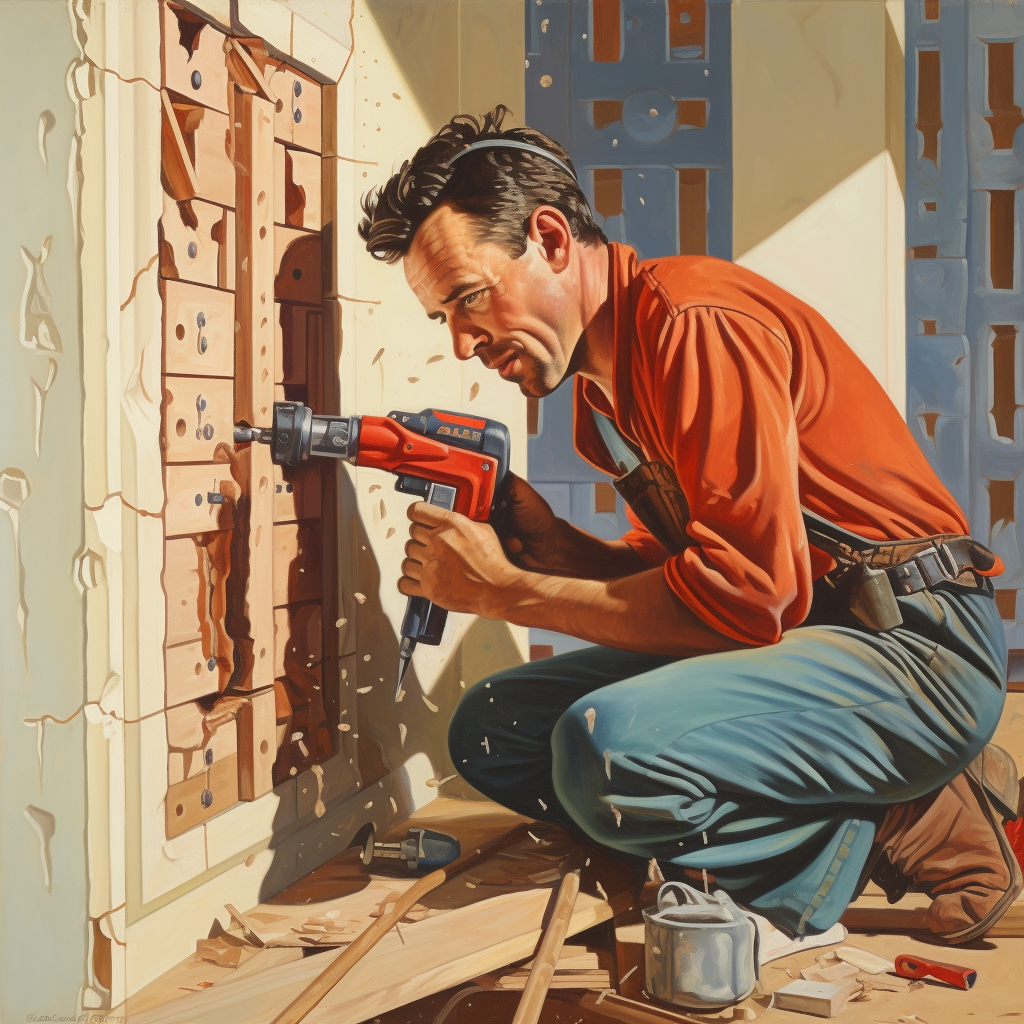
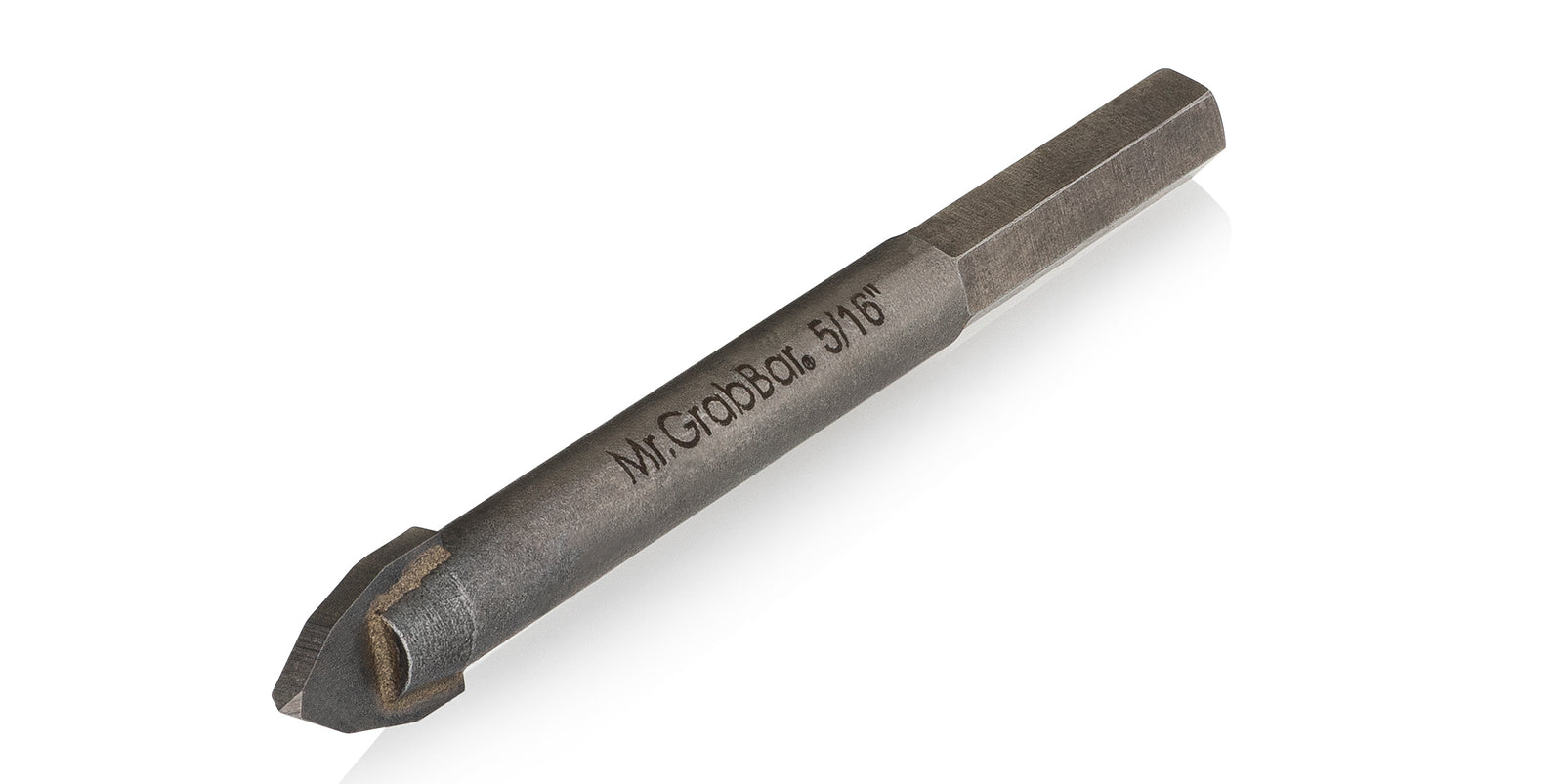
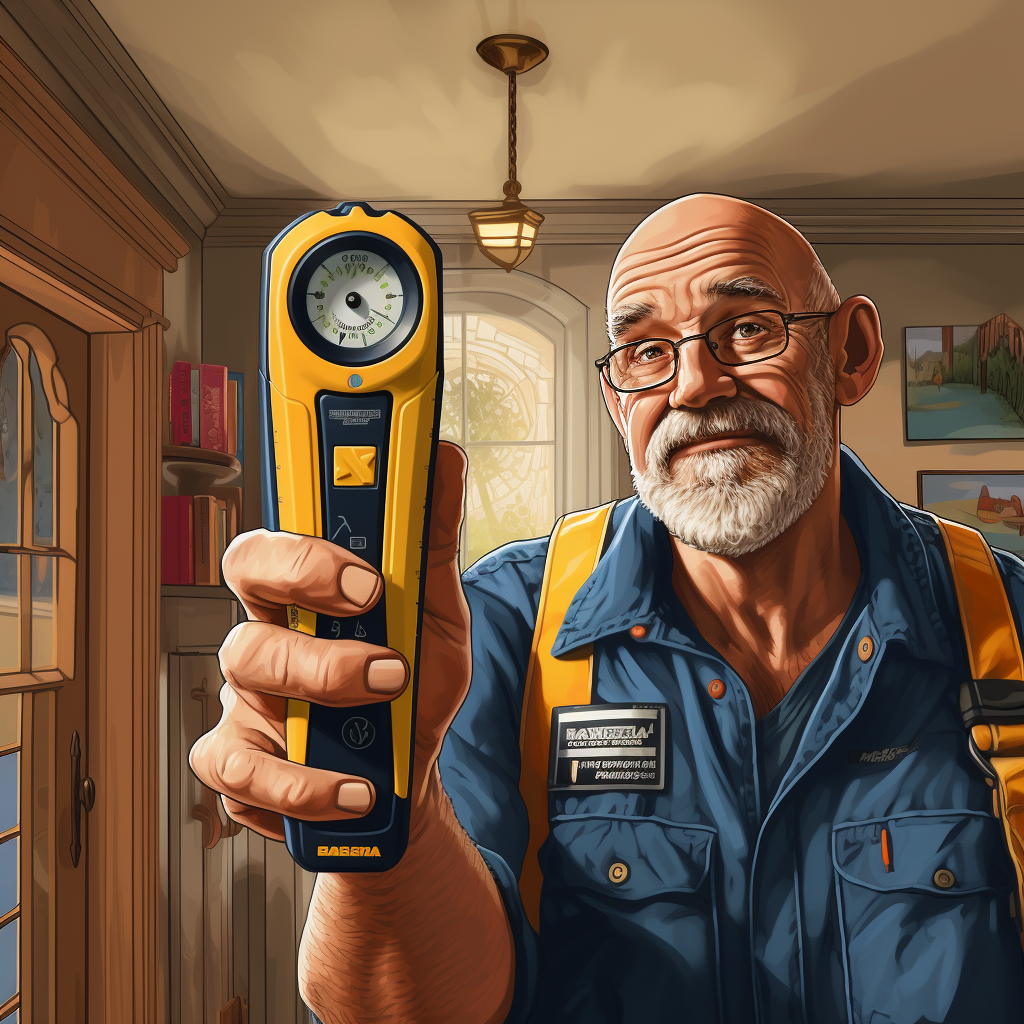
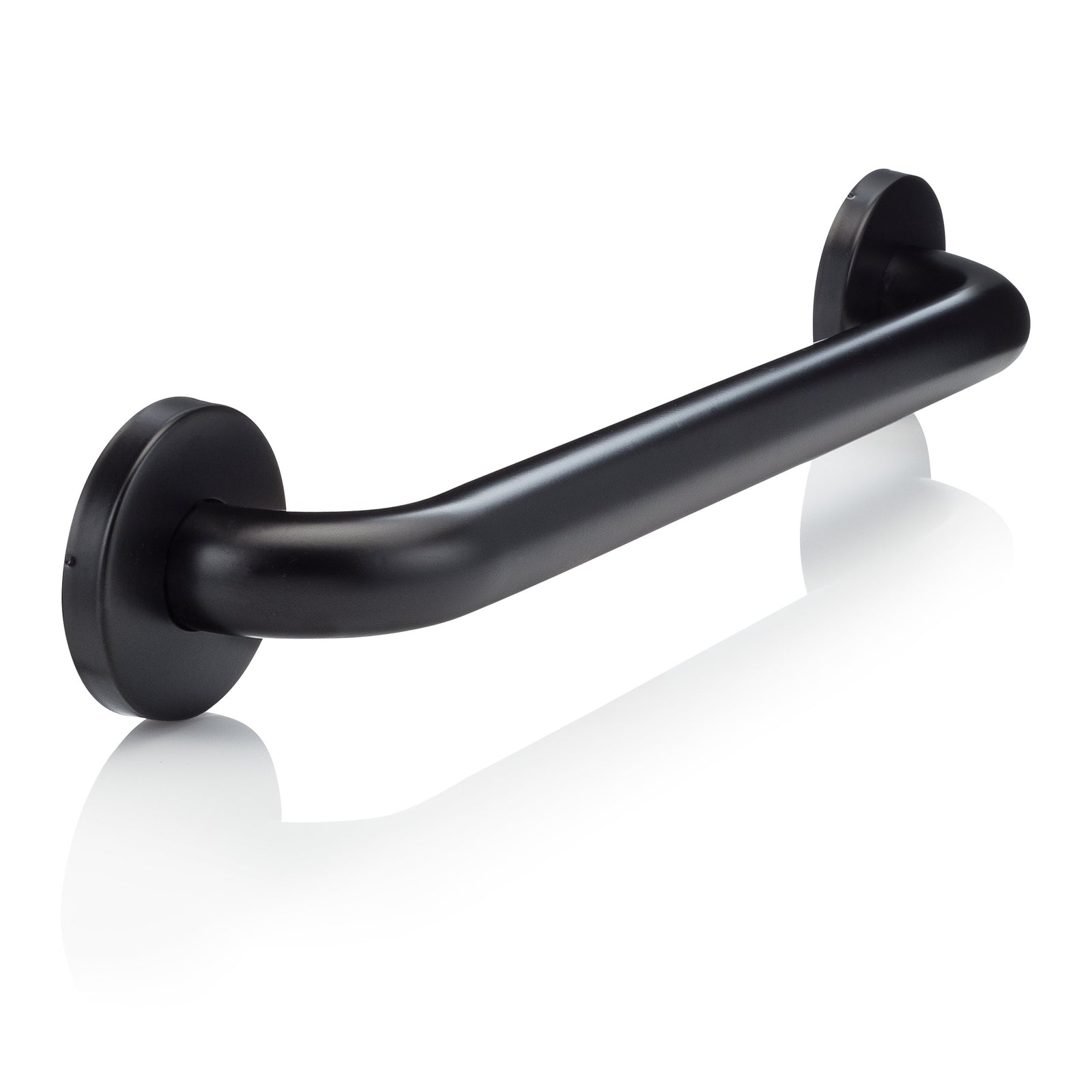
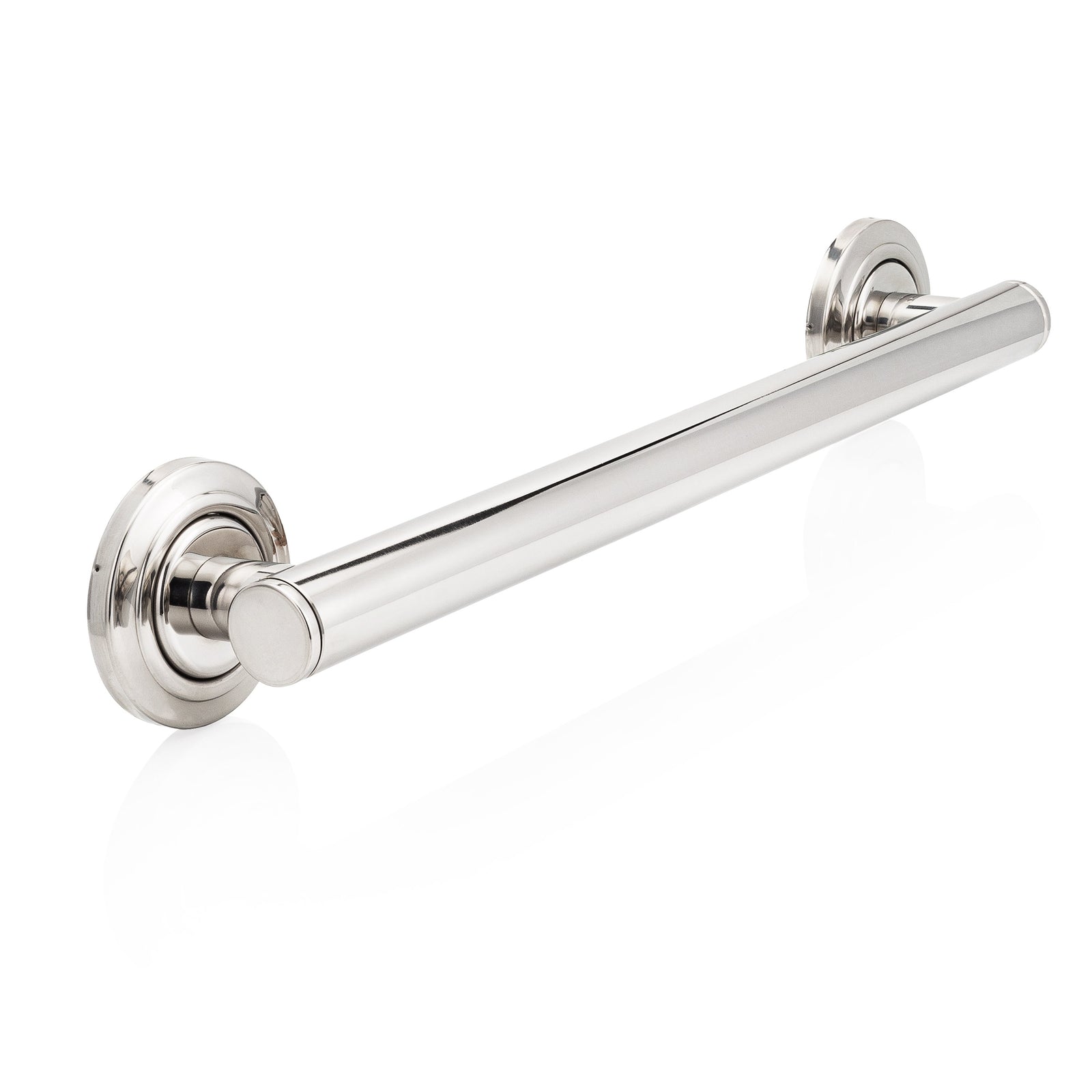
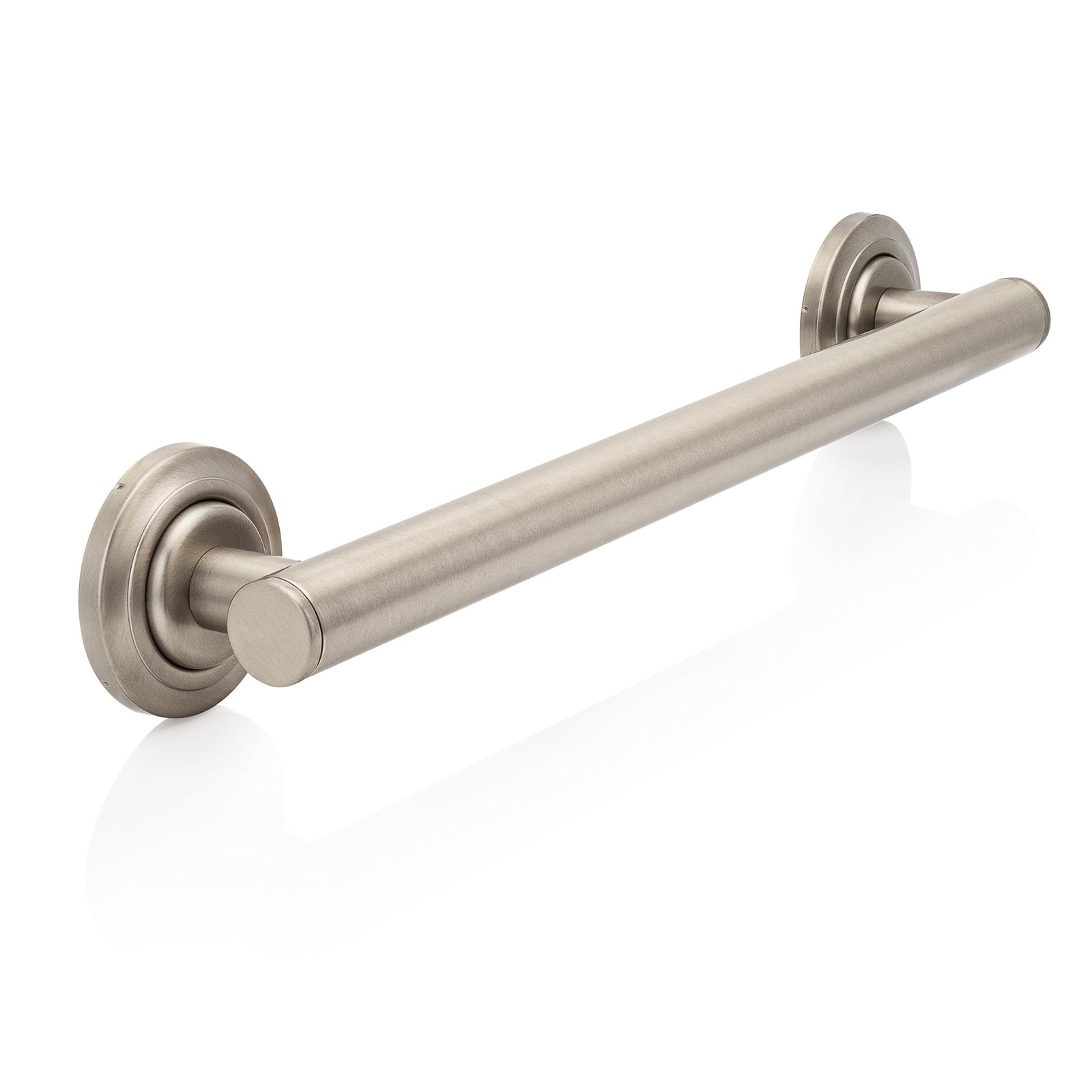

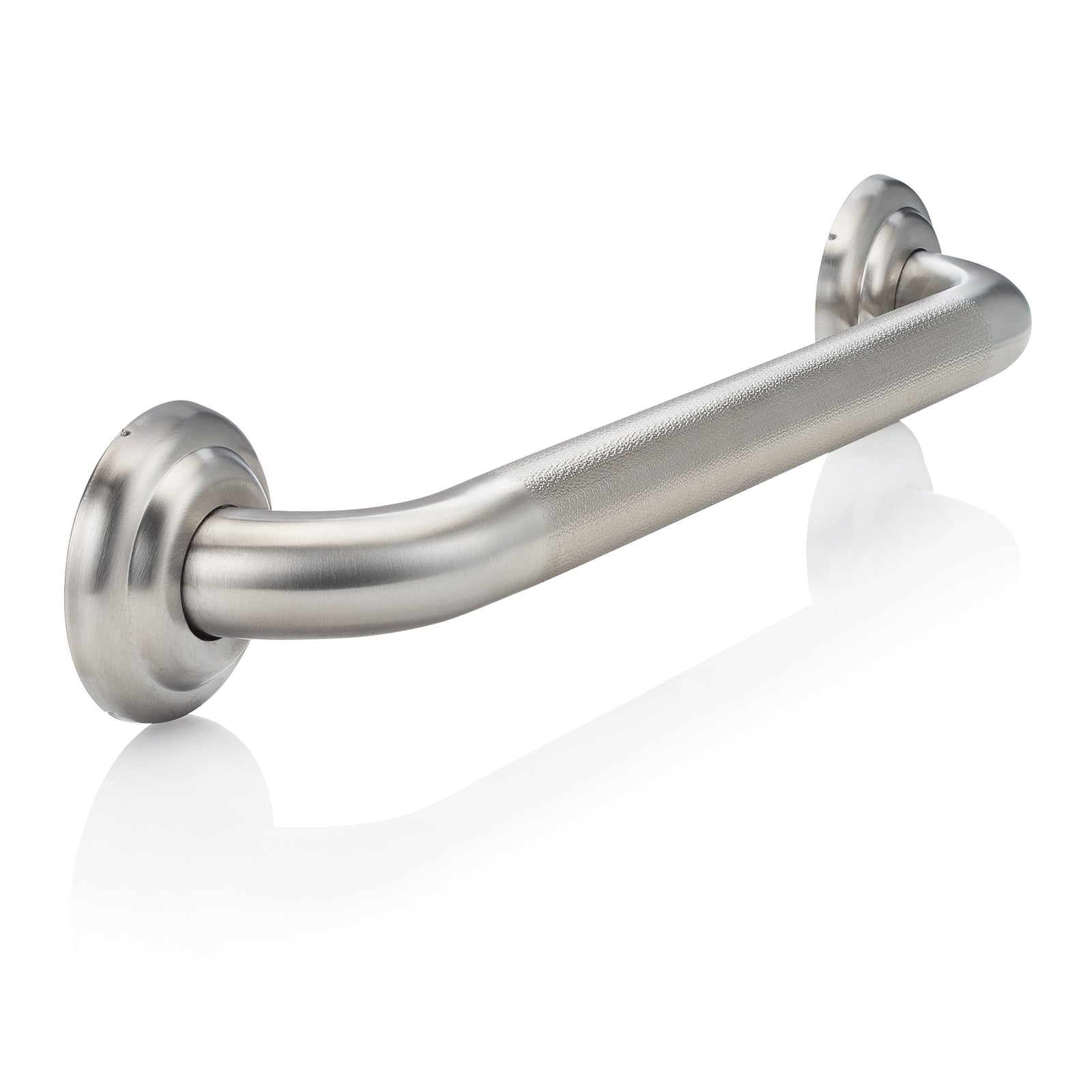
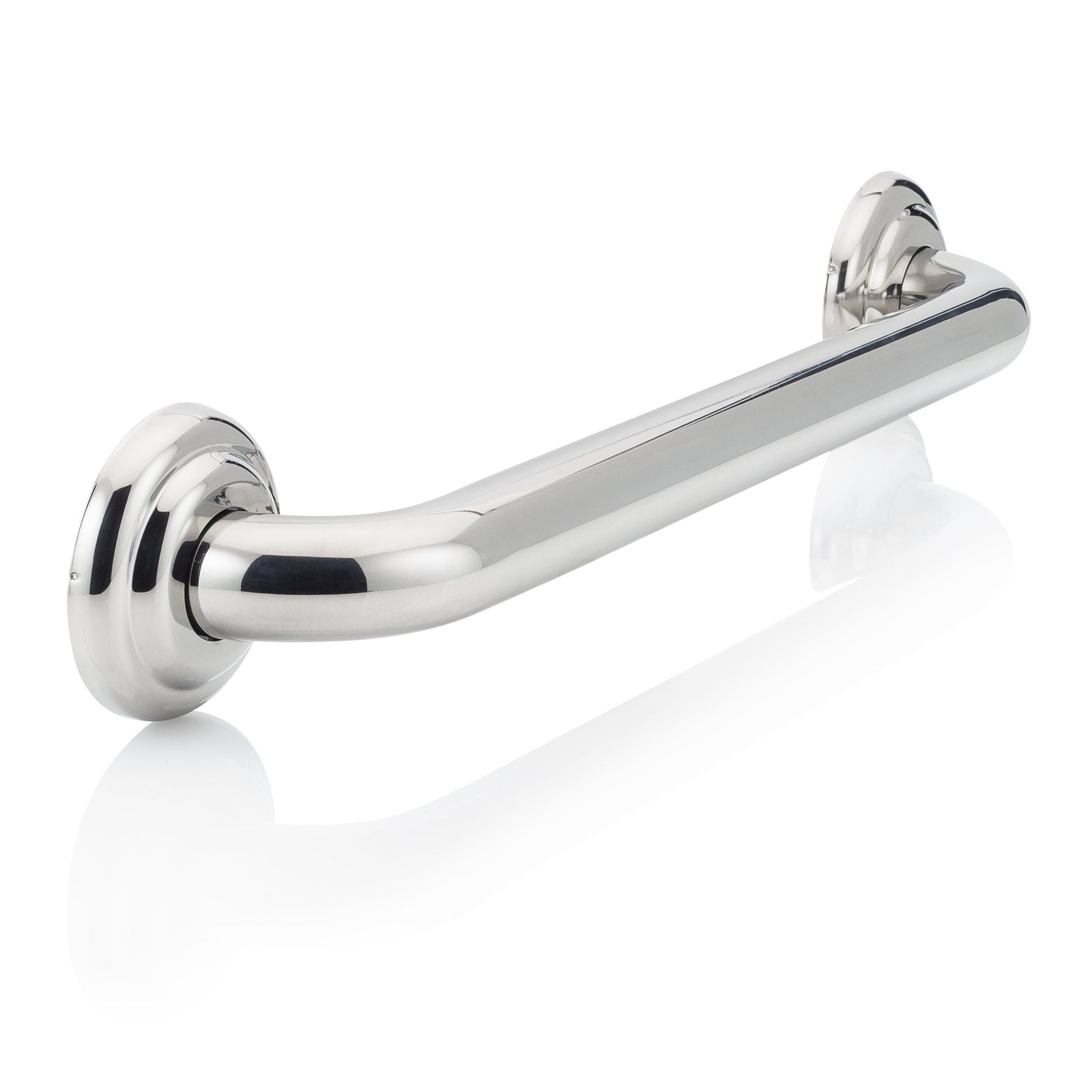
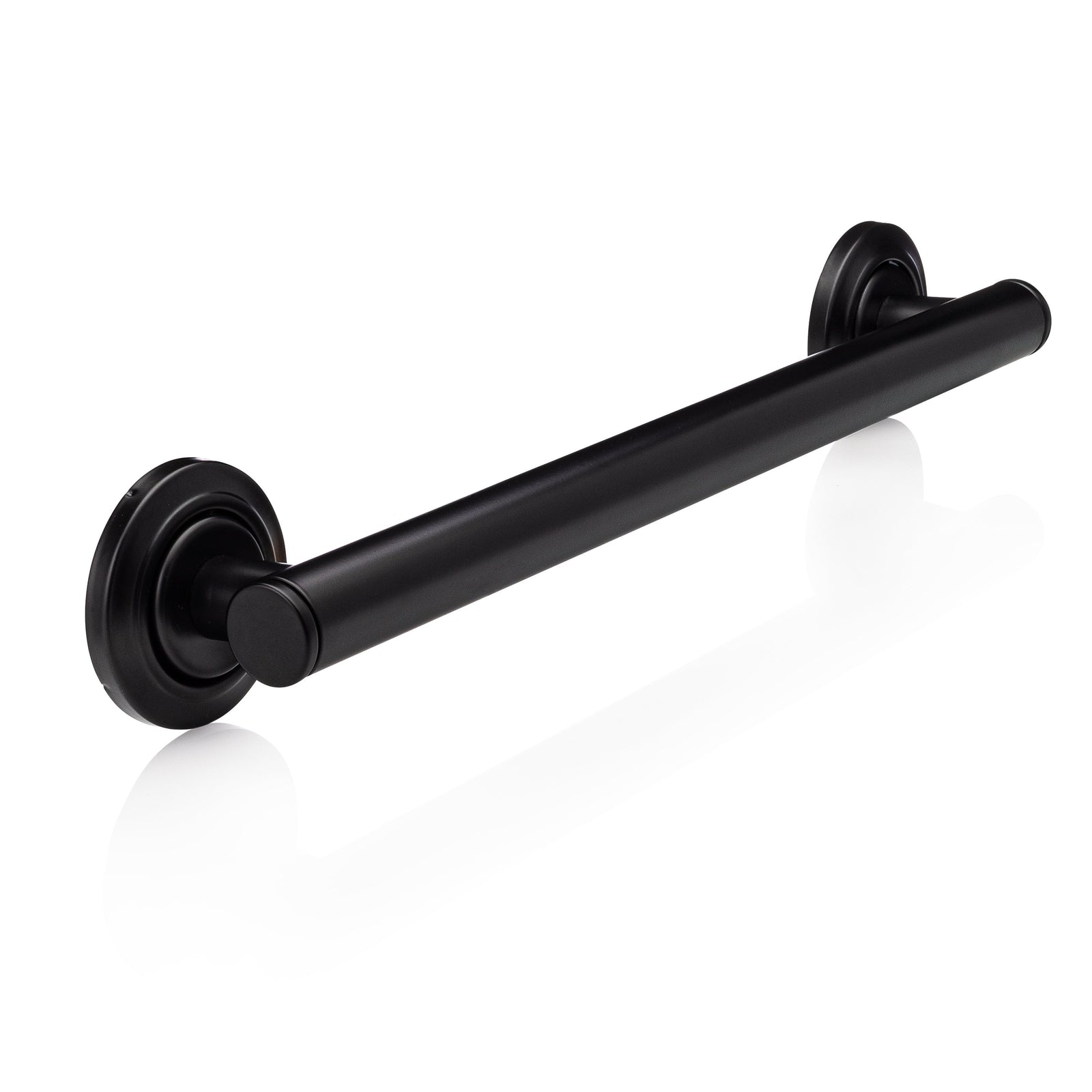
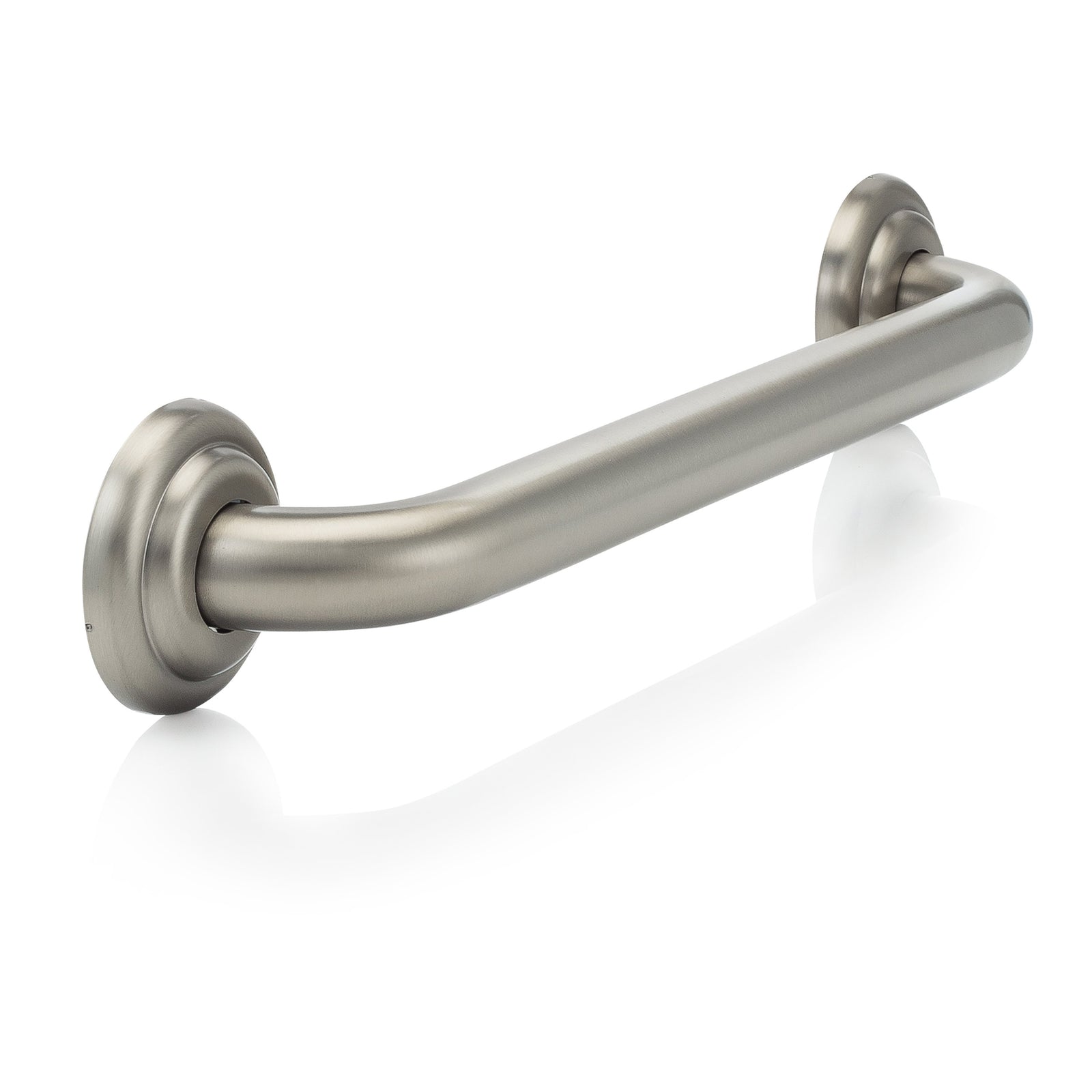
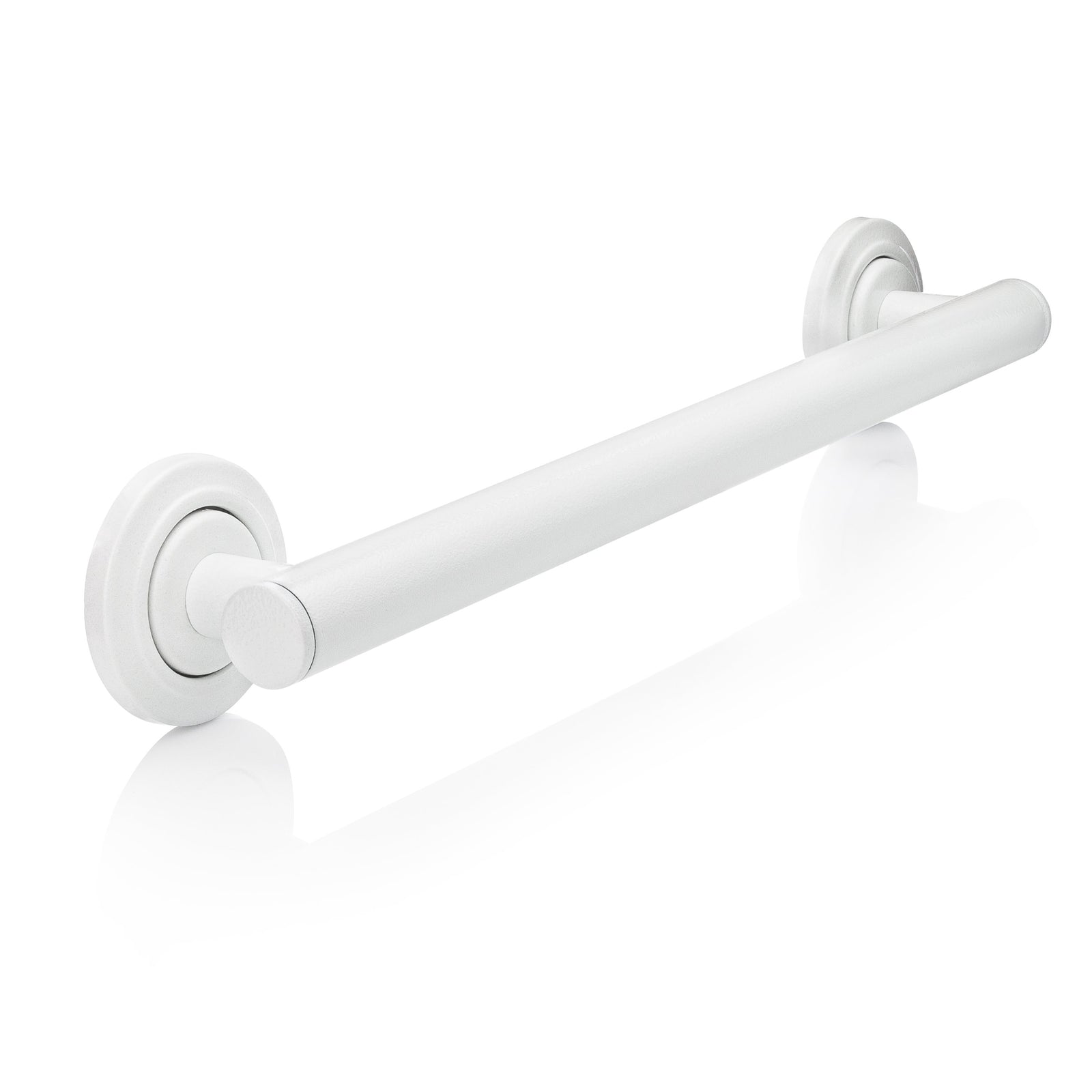
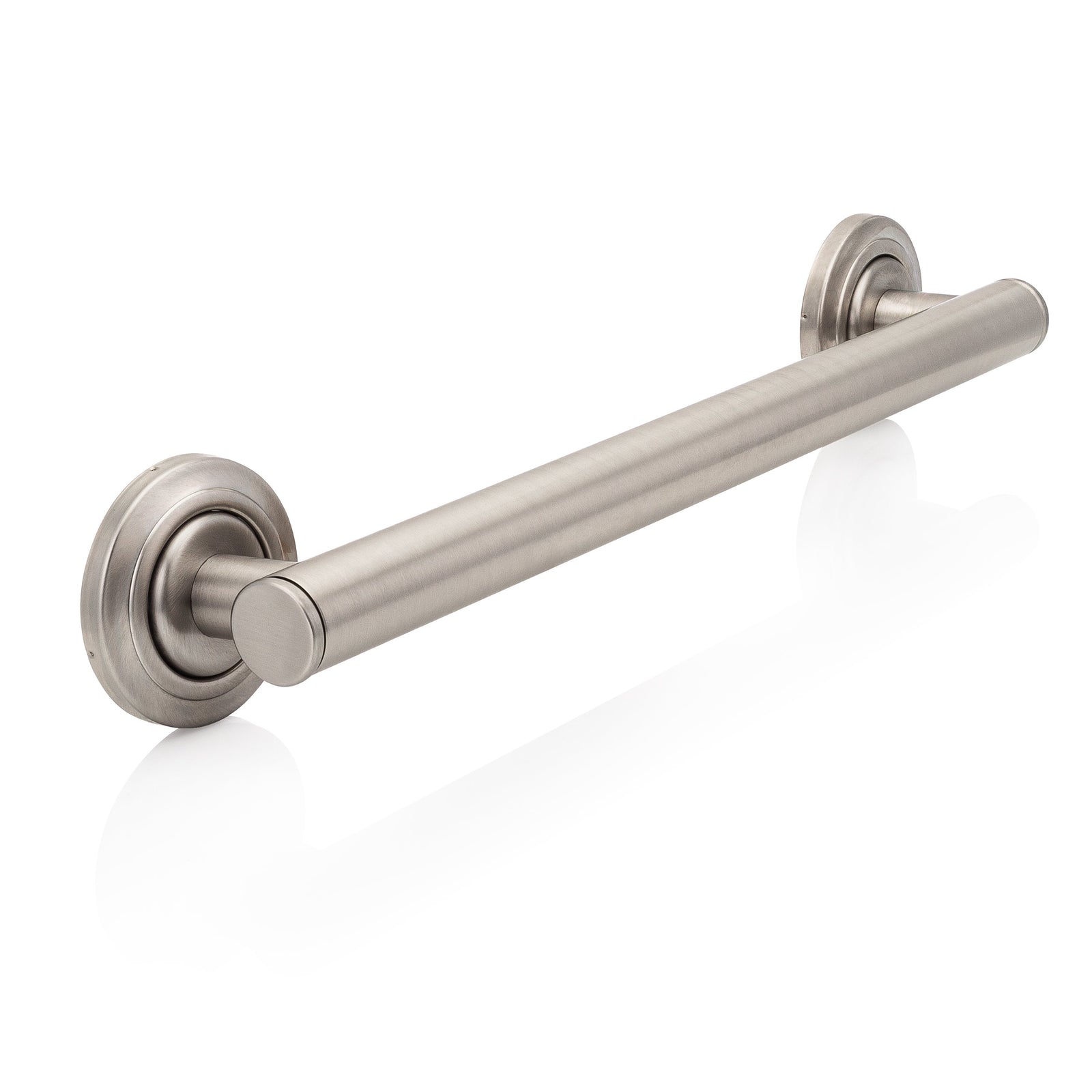
Leave a comment (all fields required)